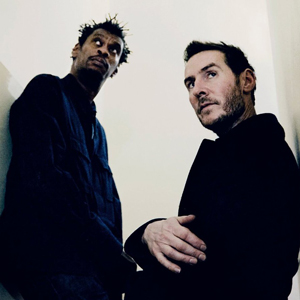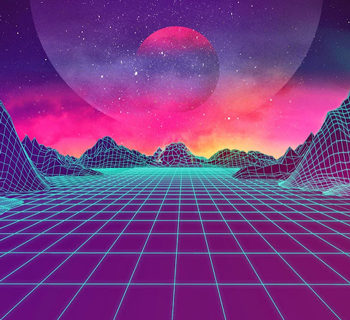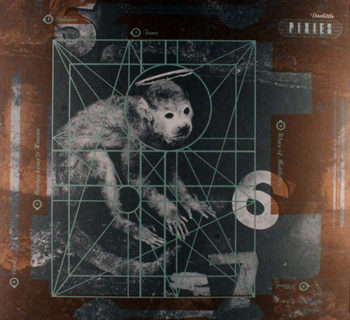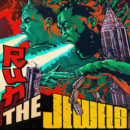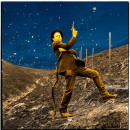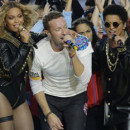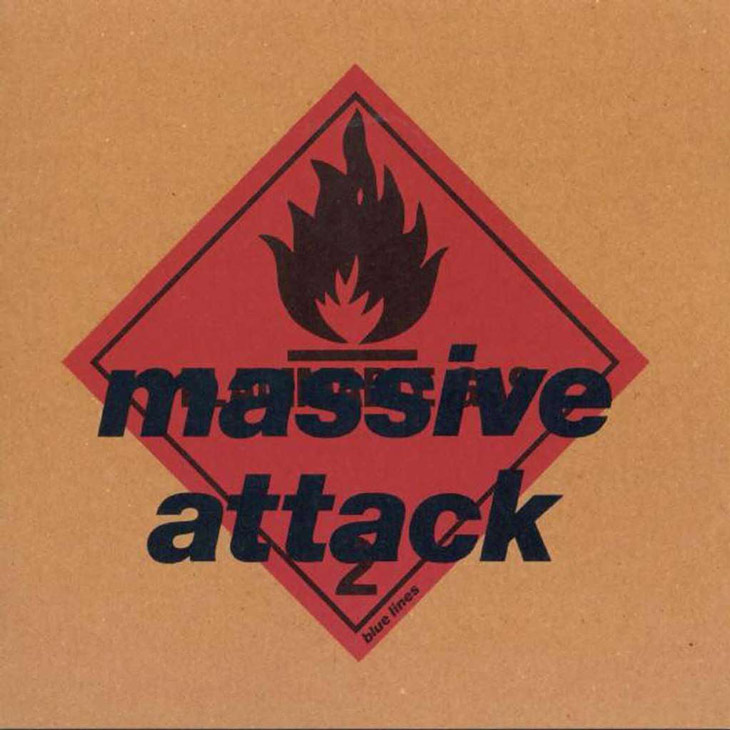 Massive Attack - Blue Lines
Massive Attack - Blue Lines
If you look closely at Acclaimed Music’s top 3000 albums—I mean really closely—you will find a pattern. Despite being put together by statistics and not choice, there is a flow in the big picture. Whether by genre, instrumentation, emotional timbre, or dynamics; the list has a rhythm, and a pattern. At #38, Blue Lines by Massive Attack is where that idea clicked.
Blue Lines, released in 1991 by Massive Attack, personifies electronic music at its most balanced, but still identifiably electronic. With Radiohead’s Kid A—a rock record that wants to be electronic art—preceding it on the list—U2’s emotional and musical The Joshua Tree following, there is a Feng Shui sense of perfect placement here.
That speaks powerfully to the ideas the album evokes: two parts jazz drums, one part drum machine, a pinch of diminished high-key piano, a liberal dropping of Rhodes piano, and fat bass, all moving at andante leisure. Songs as martial and lock-step as “Safe From Harm” comingle with lyrical and forward facing tracks as the classic “Unfinished Sympathy” and create a rhythmic flow that is not uniform but always has the sense of logic.
Trip Hop, by and large, straddles the line of rock and electronic in a way that electronica generally steers clear of. The samples and beats are very explicitly analogue recordings, with a pulsing drum machine keeping everything moving. But those sounds are not purely analogue anymore. They are taken, measured, and applied to create a sense of being both organic and technological, finding a wonderful middle ground.
Balance is the key. The album lingers in the emotional dark side with its beats, but it’s never crushed by those feelings. There is a sense of urgency, despite the laidback feel. Hell, even the album cover begs danger. The sense of straddling between analogue and digital is often tense, and simultaneously relaxed yet thrilling.
Balance is the key. The album lingers in the emotional dark side with its beats, but it’s never crushed by those feelings.
Feng-Shui, balance, and patterns do not follow strict guidelines. In this record, that’s through anxiety tempered by juicy beats of relaxation. In the context of the top 3000 albums list, it’s sitting between an experimental-rock-electronic record mired in darkness, and a record of silent beautiful expanse.
That’s how I listened to this album initially, and it colors my perception. Technically, patterns are just manufactured by the mind to create an order to reality. But when the pattern is this laidback, I can certainly dig it.
Until you can free the world, and free my mind.

